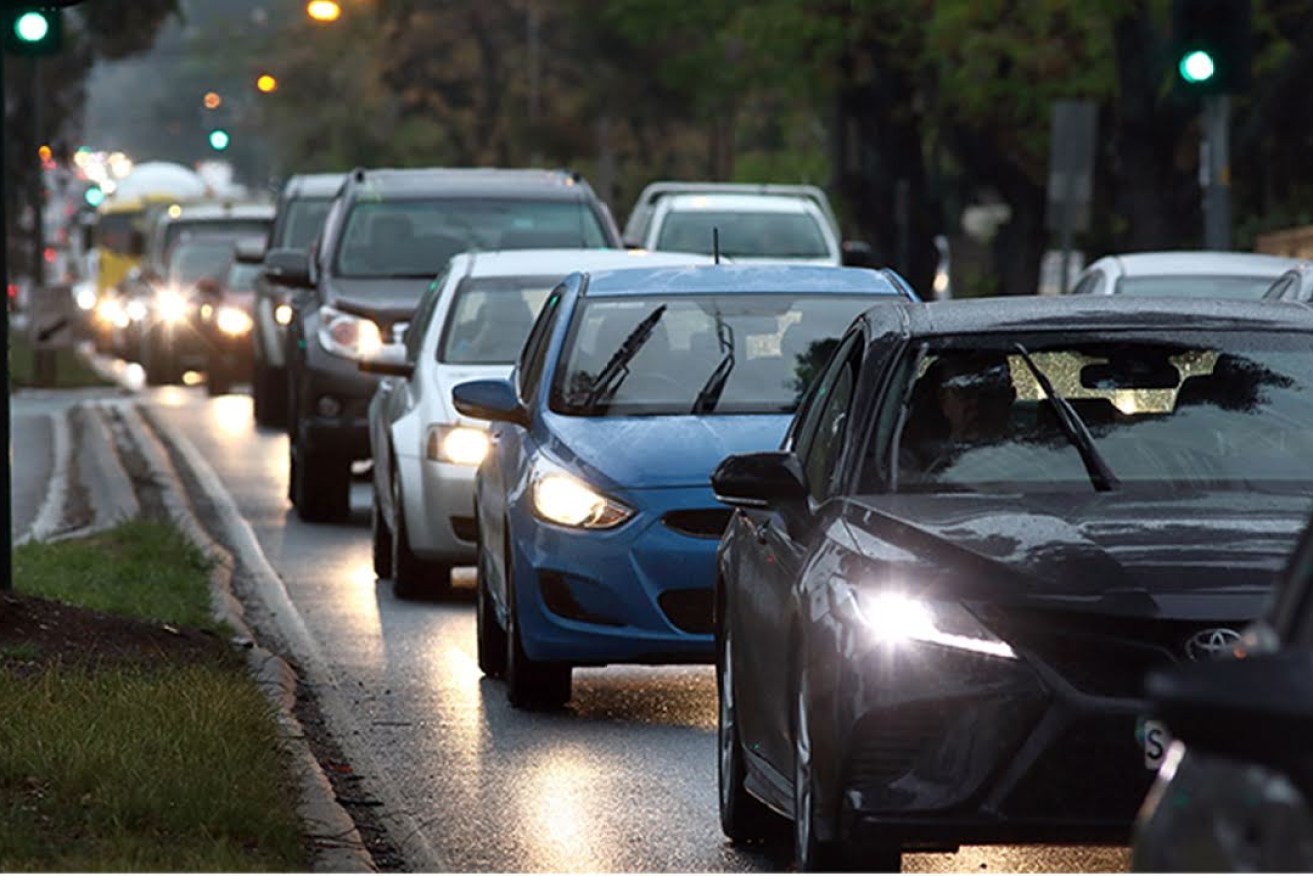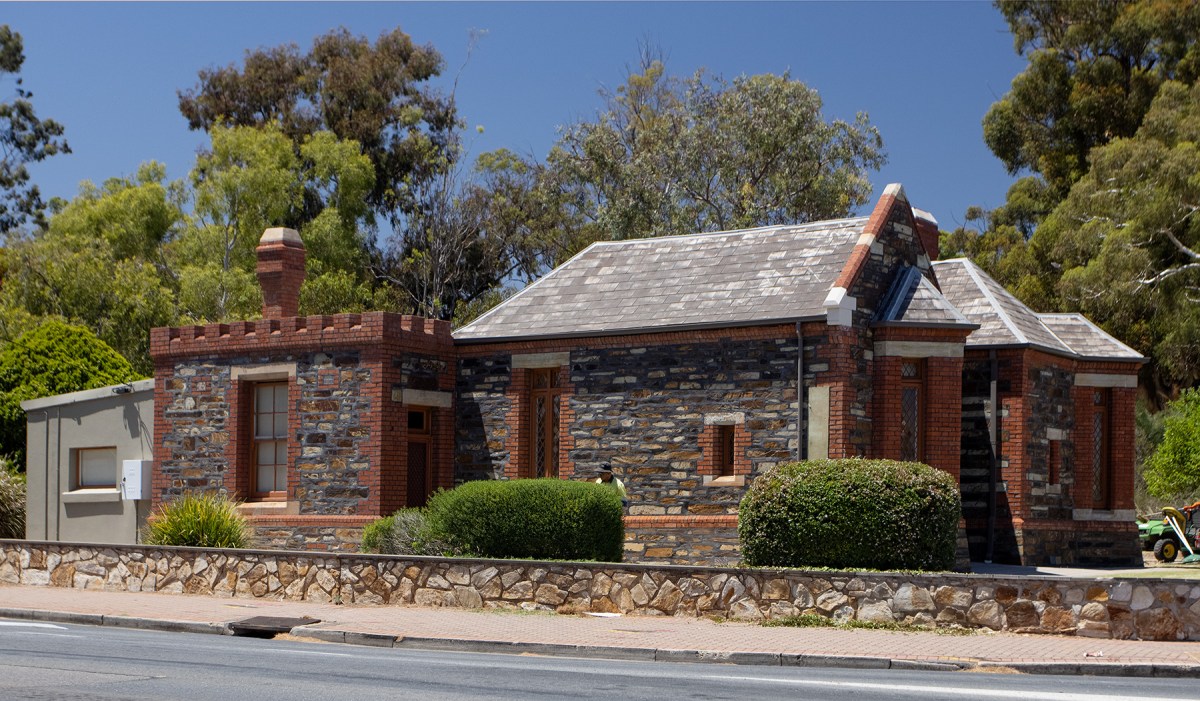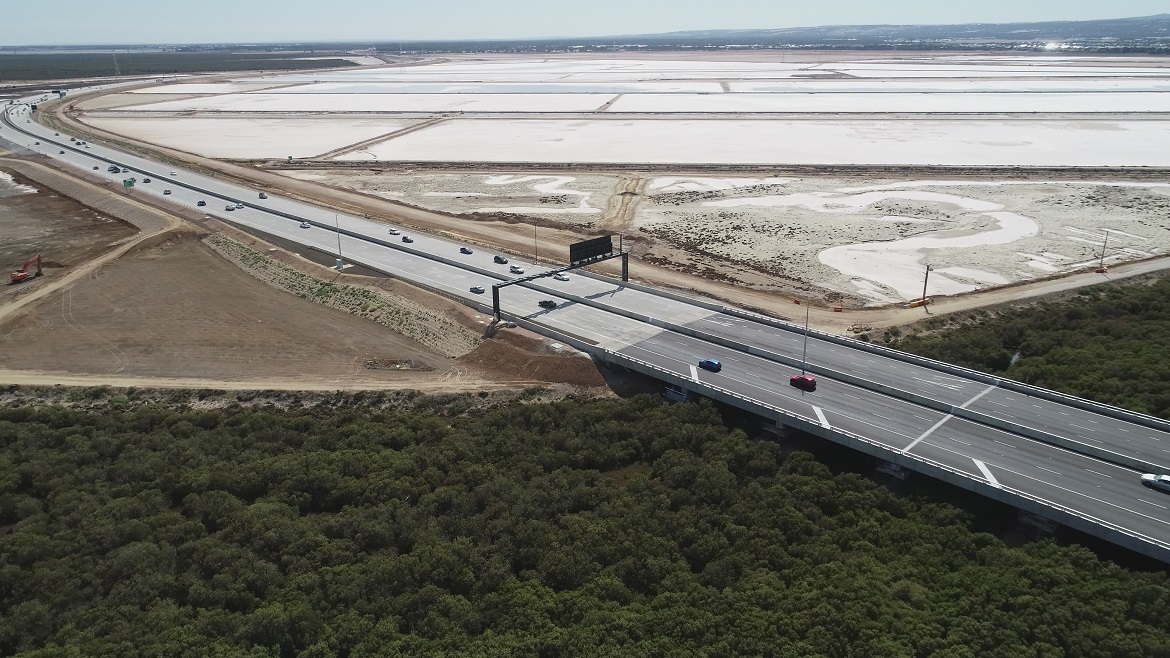Barbarians at the gatehouse
If the Marshall Government follows through on its decision to bulldoze the historic Urrbrae gatehouse, it will be a scar inflicted on Adelaide by the state’s refusal to properly fund public transport.


Adelaide traffic congestion. Photo: Tony Lewis/InDaily
Alongside the State Government’s disingenuous and transparent spin, the saddest aspect of its decision to wreck the circa-1890 Urrbrae Gatehouse is what it says about South Australia’s long history of wretched transport planning.
Every transport planner with even the remotest veneer of independence from the car and construction lobbies has warned for years that Adelaide’s obsession with private car transport will damage our urban fabric. We narrowly avoided urban disaster 50 years ago, when Don Dunstan abandoned the so-called MATS plan, which would have ploughed high-speed freeways through some of Adelaide’s loveliest suburbs.
At least the MATS plan had some vision for public transport. Today, state and federal governments are willing to pour billions into urban road projects – often with little documented justification – while all but ignoring public transport.
The current State Government has a particular focus on big, shiny, metropolitan road projects, without much appetite for new investment in public transport.
The Labor administration talked a good game, releasing a comprehensive transport plan in 2013, but built very little of its lofty vision to reinstate Adelaide’s light rail network.
Today, the grand dream of being able to drive “continuously” on the “north-south corridor” from Gawler to Noarlunga continues to attract billions of dollars. Why? We’re not entirely sure – the business case hasn’t been completed yet.
Up in the Hills, the locals wanted a two-way on-off ramp from Hahndorf – they got about $200 million more than they anticipated from the state and federal governments and the community is still wondering what the hell the rest will be spent on. A freight road, no doubt.
Meanwhile, Mt Barker locals can’t get a bus home from Adelaide after 6pm without taking a one-hour grand tour of Hills towns.
Unlike every other major Australian city, Adelaide barely has a rail system. Our few heavy rail corridors still aren’t completely electrified, with successive governments congratulating themselves on every incremental, tiny, tentative step forward. Our tram network is an embarrassing stub.
Our bus system, which is relied on by the vast majority of commuters, is so poorly regarded by our transport planners and their political masters that they thought it was a seriously good idea to rip out nearly 1000 bus stops.
That abandoned plan hastened the end of then transport minister Stephan Knoll’s political career.
If his replacement Corey Wingard goes ahead with his plan to bulldoze the historic Urrbrae gatehouse to squeeze in a few extra lanes at the intersection, then his career may well start to head in the same direction.
The transport planning arguments against a huge skew towards road expenditure at the expense of public transport investment are obvious and established.
More road capacity tends to attract more vehicles, therefore reducing quickly the congestion-mitigation effects. By pouring billions of dollars into roads, public transport projects get frozen out of the investment picture, making buses, trams and trains less appealing to an already car-focused SA public. More people drive their cars; more road corridors suffer from congestion.
Only mass transit can ultimately address Adelaide’s growing congestion problem – and it’s a much better investment of taxpayers’ money in the long run. In Adelaide, this means devoting more of our precious road corridor to public transport – not less.
As the gatehouse decision shows, the current policy approach poses a growing danger to Adelaide’s character and liveability.

The Urrbrae gatehouse. Photo: Tony Lewis/InDaily
We’re late to this compared to other bigger cities, but Adelaide’s expanding road space is now beginning to tear at our urban fabric and heritage.
Very few people seem to care that the South Road upgrades we’ve already seen have ripped some of our oldest suburbs asunder. Neighbours who once lived across the street from each other, are now divided by a hot-hard river of vehicles and concrete. Is the pay-off in congestion-busting and freight worth it? Possibly. Maybe. We haven’t had that debate – the benefits are simply accepted.
Hundreds of people have lost their homes or businesses in the west – hundreds more will. It is telling that the expansion of one intersection in the east – where Magill and Portrush roads intersect – has attracted more outrage than entire swathes of the west.
The celebrated Northern Connector and Darlington interchange might be convenient from some drivers, and the former particularly pleasing for trucks trundling from the north to the Port, but they do nothing for the city’s charm or sense of place. The Connector feels positively dystopian: like the Blade Runner art director decided to experiment with minimalism. You could be anywhere, from the outskirts of a Chinese mega-city to the New Jersey turnpike.

The $867 million Northern Connector. Photo: Government of South Australia
At Urrbrae, the quirky cottage that once served as the gatehouse to Peter Waite’s grand property provides an immediate sense of place. It’s unique; it’s a distinct landmark; it reminds us of some of the better aspects of our recent history – philanthropy, research, enterprise. It acts as the gateway to the Waite Arboretum, with its collection of beautiful trees – an urban sanctuary.
There’s a reason the gatehouse is state heritage-listed – because it’s an irreplaceable part of our shared history.
Steven Marshall promised to preserve such built heritage.
Instead, he’s taking Federal Government “congestion-busting” money – provided to reward Liberal seats – and opting for destruction because Wingard’s Department is too cheap or stubborn to seriously consider alternatives. The road-widening project seems relatively pointless but, if it must be done, relocating the building is feasible and relatively cheap in the context of a multi-billion-dollar roads budget.
But before the site is razed for another strip of bitumen, so that individual drivers sitting in their individual cars can sit at the intersection stewing for slightly less time, we must ask ourselves where this sort of transport policy will ultimately lead us.
Imagine a fantasy Adelaide in 2030: the ‘20s have become known as the “shovel-ready” decade. We’ve widened so many roads and built so many non-stop freeways that traffic delays and congestion in Adelaide appear to be vanquished, at least for a moment in time. The CBD is a Manhattan of soaring car parking stations; Frome Road is a six-lane freeway; the cycle lane network has been ripped up to return the road space to its rightful owners.
Gone with the traffic frustrations, however, will be thousands of homes, businesses, community connections, heritage buildings and quirky places that made this place distinguishable from any other bleak metropolis.
Why would anyone want to live here?
David Washington is editor of InDaily.




